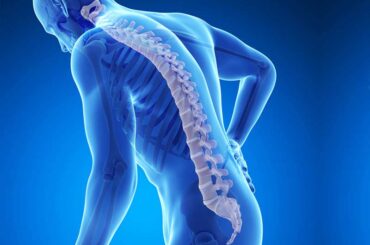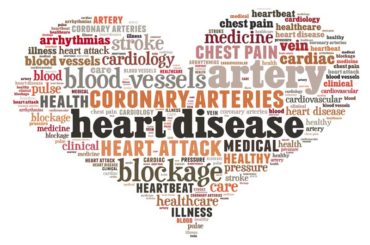Urinary incontinence is loss of bladder control. Symptoms can range from mild leaking to uncontrollable wetting. It can happen to anyone, but it becomes more common with age.
Most bladder control problems happen when muscles are too weak or too active. If the muscles that keep your bladder closed are weak, you may have accidents when you sneeze, laugh or lift a heavy object. This is stress incontinence. If bladder muscles become too active, you may feel a strong urge to go to the bathroom when you have little urine in your bladder. This is urge incontinence or overactive bladder. There are other causes of incontinence, such as prostate problems and nerve damage.
Treatment depends on the type of problem you have and what best fits your lifestyle. It may include simple exercises, medicines, special devices or procedures prescribed by your doctor, or surgery.
There are 5 types of urinary incontinence.
Stress incontinence
Stress incontinence is when urine leaks because of sudden pressure on your lower stomach muscles, such as when you cough, laugh, lift something or exercise. Stress incontinence usually occurs when the pelvic muscles are weakened, for example by childbirth or surgery. Stress incontinence is common in women.
Urge incontinence
This occurs when the need to urinate comes on very suddenly, often before you can get to a toilet. Your body may only give you a warning of a few seconds to minutes before you urinate. Urge incontinence is most common in the elderly and may be a sign of a urinary tract infection or an overactive bladder.
Overflow incontinence
This type of incontinence is the uncontrollable leakage of small amounts of urine. It’s caused by an overfilled bladder. You may feel like you can’t empty your bladder all the way and you may strain when urinating. This often occurs in men and can be caused by something blocking the urinary flow, such as an enlarged prostate gland or tumor. Diabetes or certain medicines may also cause the problem.
Functional incontinence
This type occurs when you have normal urine control but have trouble getting to the bathroom in time. You may not be able to get to the bathroom because of arthritis or other diseases that make it hard to move around.
Mixed incontinence
This type involves more than one of the types of incontinence listed above.






